When it comes to coffee, its allure extends beyond just its aroma and flavor—much of its charm lies in the roasting process. One of the most exciting aspects of coffee is the ability to roast it at home, allowing you to tailor the taste to your personal preference. In this article, we’ll dive into the fundamentals of coffee roasting, share simple methods for beginners, and explore effective ways to store your beans. This guide is designed to enhance your coffee experience at home.
Let’s take a journey through the history and culture of roasting while learning about the different types and their unique characteristics. By mastering how to choose and store your roasts, you’ll open up a whole new world of coffee enjoyment. Are you ready to elevate your coffee roasting game?
- Discover the definition and significance of coffee roasting
- Learn easy roasting methods you can try at home
- Understand how to store coffee and the impact of freshness on flavor
Understanding Coffee Roasting: The Basics
Coffee roasting is a crucial process that significantly impacts the flavor and aroma of your brew. Grasping how coffee beans transform during roasting and how this affects their taste is the first step toward enjoying better coffee. In this section, we’ll delve into the definition of roasting, its importance, and explore the historical and cultural context behind this practice.
What is Roasting and Why is it Important?
Roasting refers to the heating of coffee beans, which triggers chemical reactions that alter the beans’ internal components, changing their aroma and flavor. This process is pivotal in determining the overall taste of coffee, and different roasting degrees and times yield a variety of flavors. Light roasts tend to be fruity with pronounced acidity, while dark roasts are characterized by a strong bitterness and rich body.
Moreover, the roasting process varies across coffee-producing countries and regions, reflecting each culture’s unique background. The choices made regarding bean selection and roasting methods are deeply rooted in the history and customs of each nation. By understanding these nuances, you can deepen your appreciation of coffee.
- Roasting is a key process that determines the flavor of coffee beans.
- Different roasting levels create a range of flavors.
- The cultural background of each country influences roasting practices.
The History and Cultural Context of Roasting
The practice of coffee roasting has a long history that dates back to ancient times. It began in Ethiopia, where the culture of roasting coffee cherries and brewing them developed. From there, coffee spread through the Arabian Peninsula to Europe and America, with each region cultivating its own unique roasting methods.
Notably, when coffee arrived in Europe in the 17th century, it spurred the growth of café culture and advancements in roasting techniques. Roasting not only enhanced the flavor but also became a vital element in social gatherings. Understanding this connection between roasting and both taste and culture is essential.

If you found this article interesting, you might also enjoy our piece on “Tips for Choosing the Best Roasted Coffee Beans: Secrets to Enhancing Flavor.” It provides detailed insights on selecting beans based on roasting and tips for bringing out their flavors, so be sure to check it out!
- Coffee roasting has a rich history that dates back to ancient times.
- Café culture in Europe advanced roasting techniques.
- Roasting is a crucial element that impacts both flavor and culture.
Types of Roasts and Their Characteristics
When it comes to coffee, there are various types of roasts, each significantly influencing the flavor and aroma of your brew. Different roasting levels—light roast, medium roast, and dark roast—expand the flavor spectrum and provide options tailored to individual preferences. In this section, we’ll take a closer look at the different types of roasts, exploring their characteristics and the flavor distinctions that set them apart.
The Difference Between Light Roast and Dark Roast
Light roast is characterized by a shorter roasting time, resulting in beans that are a light brown color. This roast level accentuates the inherent flavors of the beans, making the acidity more pronounced. If you appreciate a fruity and refreshing taste, light roast is definitely the choice for you. On the other hand, dark roast involves a longer roasting time, yielding beans that are dark in color and often have a shiny, oily surface. Known for its strong bitterness and rich body, dark roast appeals to those seeking a bold flavor experience.
Understanding the flavor changes that come with different roasts can help you find the coffee that suits your taste. Next, we’ll delve into the middle ground with medium roast.
- Light roast emphasizes the natural flavors of the beans with pronounced acidity.
- Dark roast offers a strong bitterness and a deep, rich taste.
- Choosing a roast that fits your preferences is key.
The Middle Ground: Balance in Flavor
Medium roast sits between light and dark roasts in terms of roasting level. This roast strikes a pleasing balance between acidity and bitterness, making it ideal for enjoying the coffee’s aroma and flavor. With a moderate roasting time, medium roast retains the beans’ natural characteristics while providing a sense of richness and depth.
For many coffee enthusiasts, medium roast is an easy-drinking option that pairs well with various occasions. Particularly favored as a post-meal coffee, its compatibility with food adds to its appeal. By understanding the different roasting levels and selecting according to your taste and the situation, you can enhance your overall coffee experience.
- Medium roast offers a good balance of acidity and bitterness.
- Enjoy the richness while preserving the beans’ natural characteristics.
- Pairs well with meals and is versatile for many occasions.
How to Roast Coffee at Home
Roasting coffee at home is a fantastic way to explore your personal flavor preferences and enjoy a richer coffee experience. With the recent surge in accessible home roasting methods, even beginners can easily get started. In this guide, we’ll cover simple roasting techniques for newcomers as well as more advanced methods using dedicated roasting machines for those looking to take their coffee game to the next level.
Easy Roasting Method for Beginners
One of the simplest ways for beginners to roast coffee is by using a frying pan. Start by placing dried green coffee beans in the pan and heating them over medium heat. As you begin to hear the beans popping, adjust the heat while continuously stirring. The moment you notice the color changing and a delightful aroma filling the air, you’ll know you’ve reached your preferred roast level. Once done, cool the beans before storing them.
This method is perfect for those just starting out, as it’s easy to do and allows you to observe the roasting process, deepening your understanding of coffee. Plus, the thrill of discovering your ideal roast level adds to the charm of frying pan roasting.
- Easy roasting method using a frying pan
- Adjust roast level by listening to the popping beans
- The joy of finding your perfect roast
Advanced Roasting with a Roasting Machine
For those eager to dive into a more serious roasting experience, using a roasting machine is highly recommended. A dedicated roaster offers more uniform roasting, enhancing flavor consistency. There are various types of machines available, including gas and electric options, allowing you to choose one that best suits your home environment.
When using a roasting machine, selecting the right roast level is crucial. Opting for a lighter roast brings out fruity flavors, while a dark roast offers a rich, bold taste. Additionally, by adjusting the temperature and time during the roasting process, you can further refine the flavors to match your personal taste.

If you found this article interesting, you might also enjoy reading “How Home Roasting Changes the Flavor! Dramatic Ways to Evolve Your Coffee”. This article provides deeper insights into home roasting methods and offers tips to elevate your coffee experience even further.
- Achieve uniform roasting with a roasting machine
- Choosing the right machine for your home environment is key
- Adjust temperature and time to pursue your ideal flavor
Coffee Storage and Its Impact on Flavor
To fully enjoy the rich flavors of coffee, how you store it after roasting is crucial. Roasted coffee beans are prone to oxidation over time, which can lead to a decline in flavor. By understanding the right storage methods, you can keep your coffee fresh and flavorful. In this section, we’ll dive into the best practices for post-roasting storage and explore how freshness affects the taste of your coffee.
Best Practices for Storing Coffee After Roasting
Roasted coffee beans are sensitive to air, moisture, and light. The ideal way to store them is in an airtight container kept in a cool, dark place. Glass or ceramic containers are highly recommended for this purpose. It’s best to avoid plastic containers, as they can absorb the beans’ flavors.
For optimal taste, aim to consume your coffee within two weeks of roasting. As time passes, the flavor profile begins to fade, so purchasing smaller quantities more frequently can help you enjoy it at its freshest. By being mindful of how and when you store your coffee, you can extend its deliciousness.
- Store in an airtight container in a cool, dark place for best results
- Glass or ceramic containers are your best bet
- Consuming within two weeks of roasting preserves flavor
The Impact of Freshness on Flavor
The freshness of your coffee plays a significant role in its flavor profile. When the beans are fresh, they offer a vibrant aroma and a balanced taste with the perfect mix of acidity and bitterness. However, as they age, oxidation occurs, causing the flavor to deteriorate. This often results in a muted taste with diminished acidity.
Using fresh beans allows you to fully experience the coffee’s inherent flavors, maximizing its taste. By taking care with your storage methods, you can truly savor all the nuances that coffee has to offer.
- Fresh beans provide rich aroma and flavor, making for a delicious cup
- Over time, oxidation leads to a loss of flavor
- Thoughtful storage can enhance the appeal of your coffee
Summary
Roasting coffee is a crucial process that defines its flavor and aroma. By understanding the different roasting methods and storage techniques, you can enhance your coffee experience. Learning the distinctions between light and dark roasts and trying your hand at home roasting opens up a world of flavor possibilities tailored to your preferences. Additionally, being mindful of how you store roasted coffee and the impact of freshness on taste will help you fully appreciate the allure of this beloved beverage.
With this knowledge at your fingertips, dive into the joys of coffee at home. Experimenting with your own unique roasts and clever storage methods can transform your daily coffee ritual into something truly special.
- Coffee roasting is a key factor in flavor
- Home roasting allows you to pursue your preferred taste
- Creative storage methods can preserve freshness and enhance flavor
To enrich your coffee life even further, we encourage you to give these tips a try. We’d love to hear your thoughts and questions in the comments!








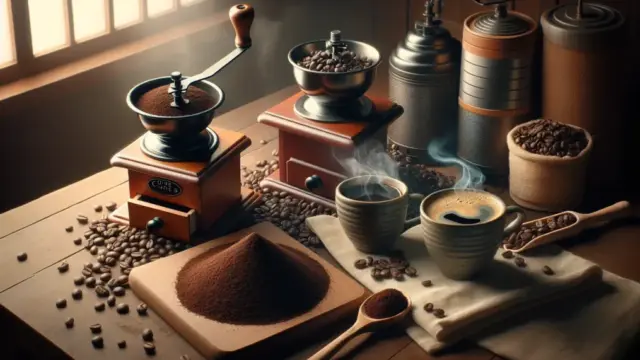

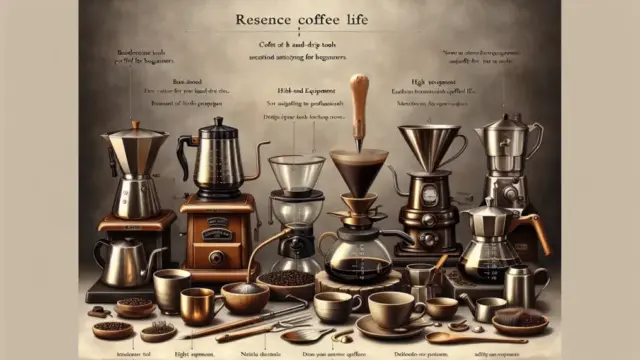
















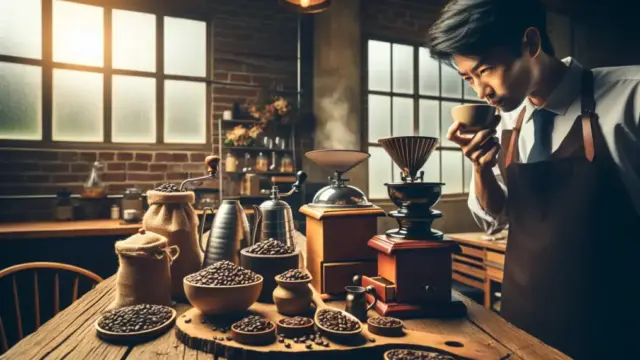



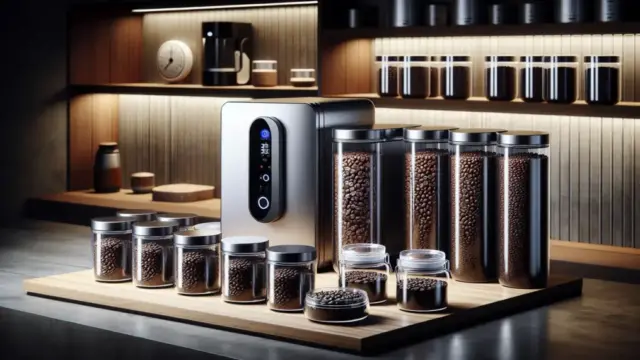


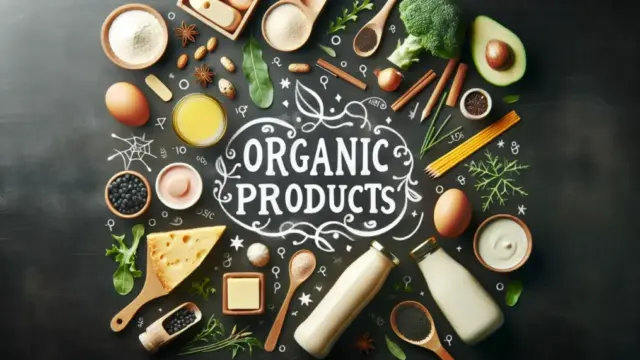

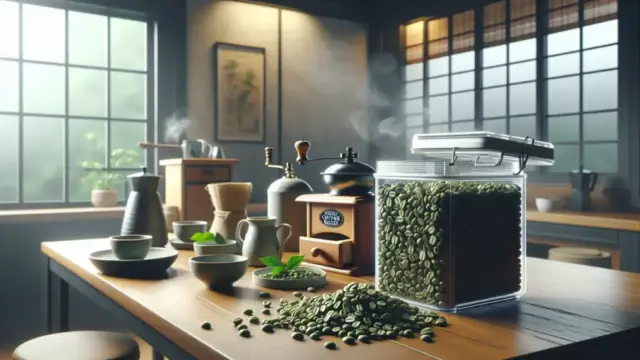

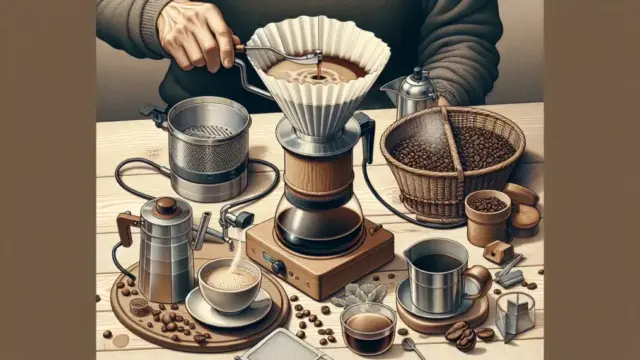





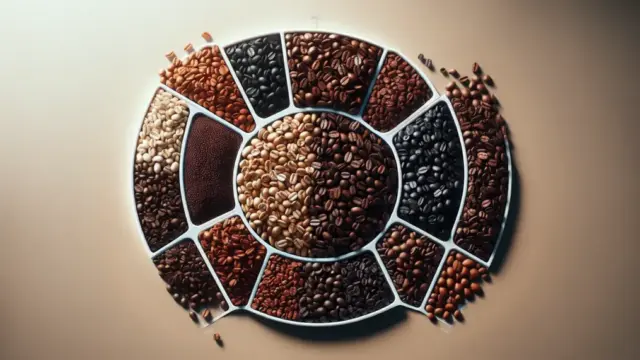


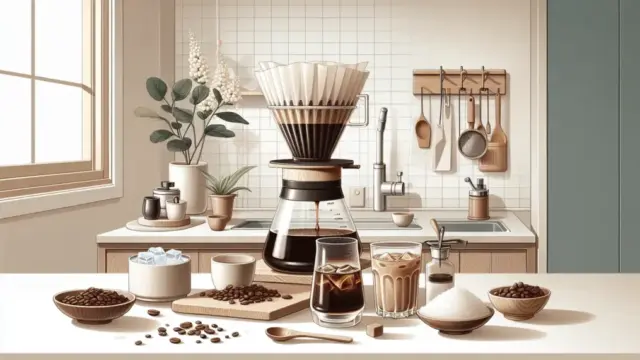




















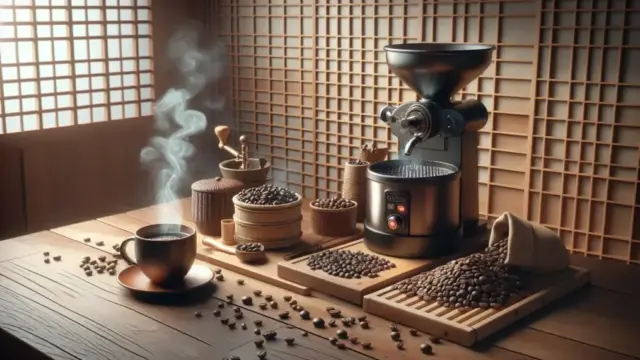



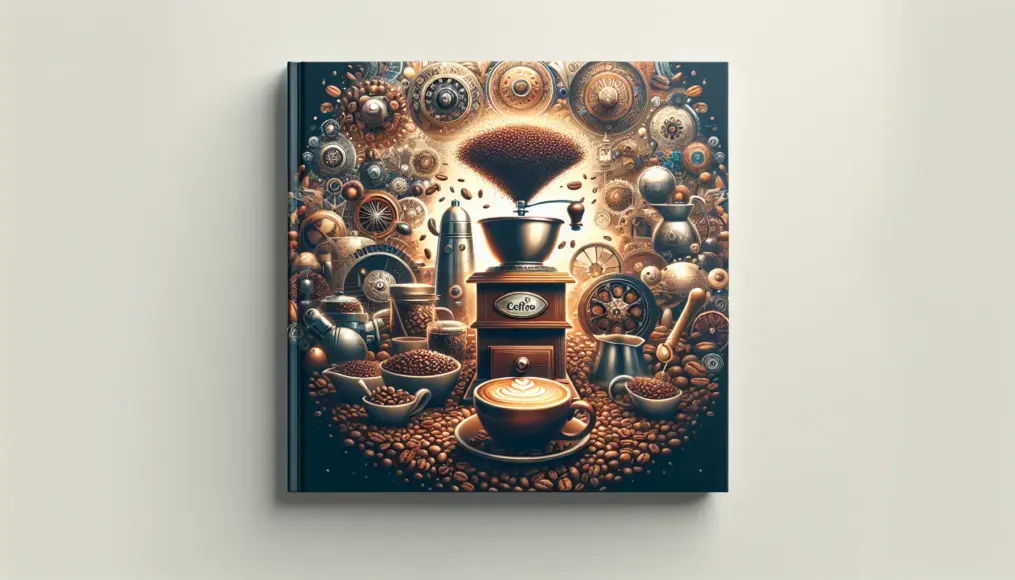

Comment